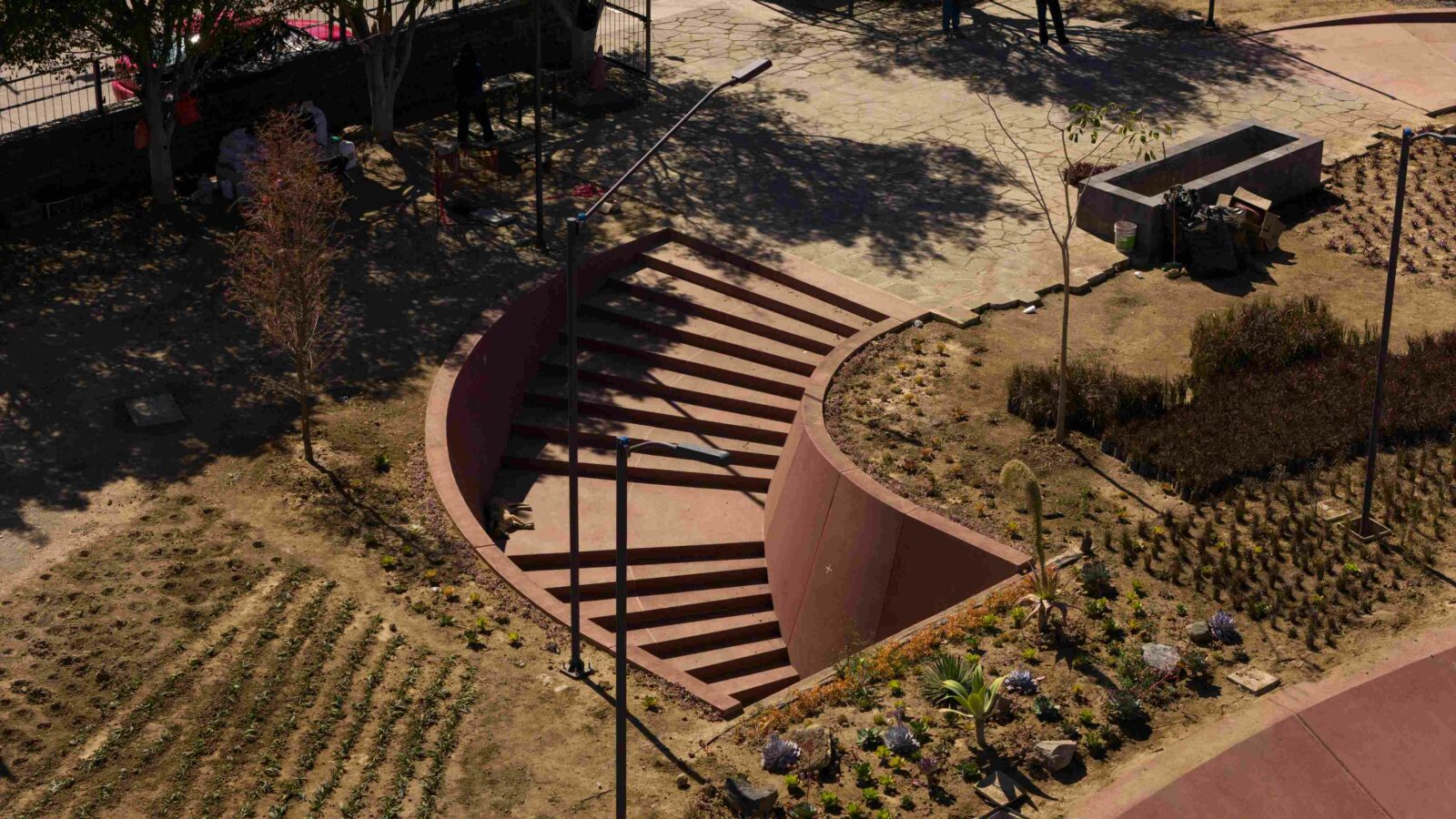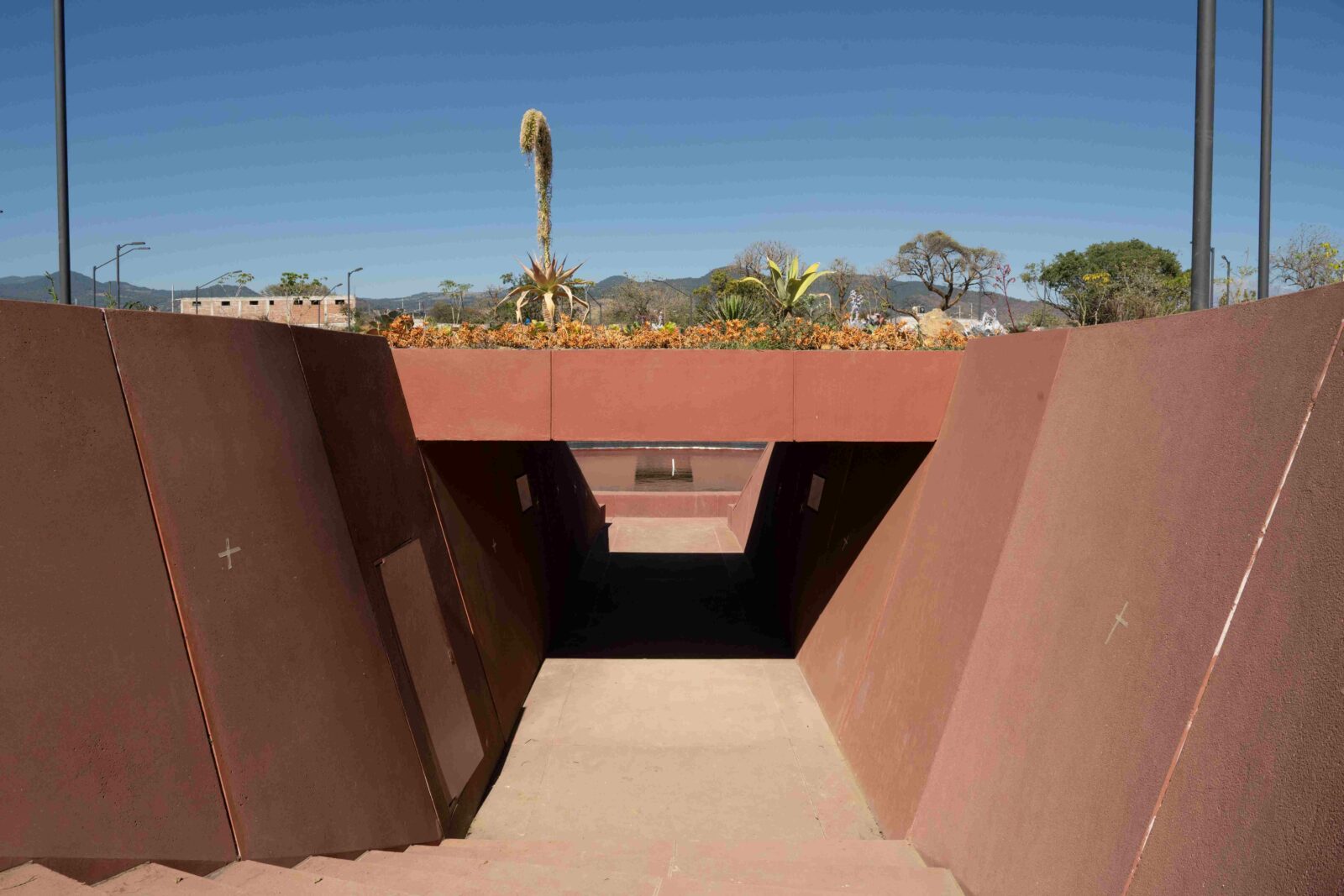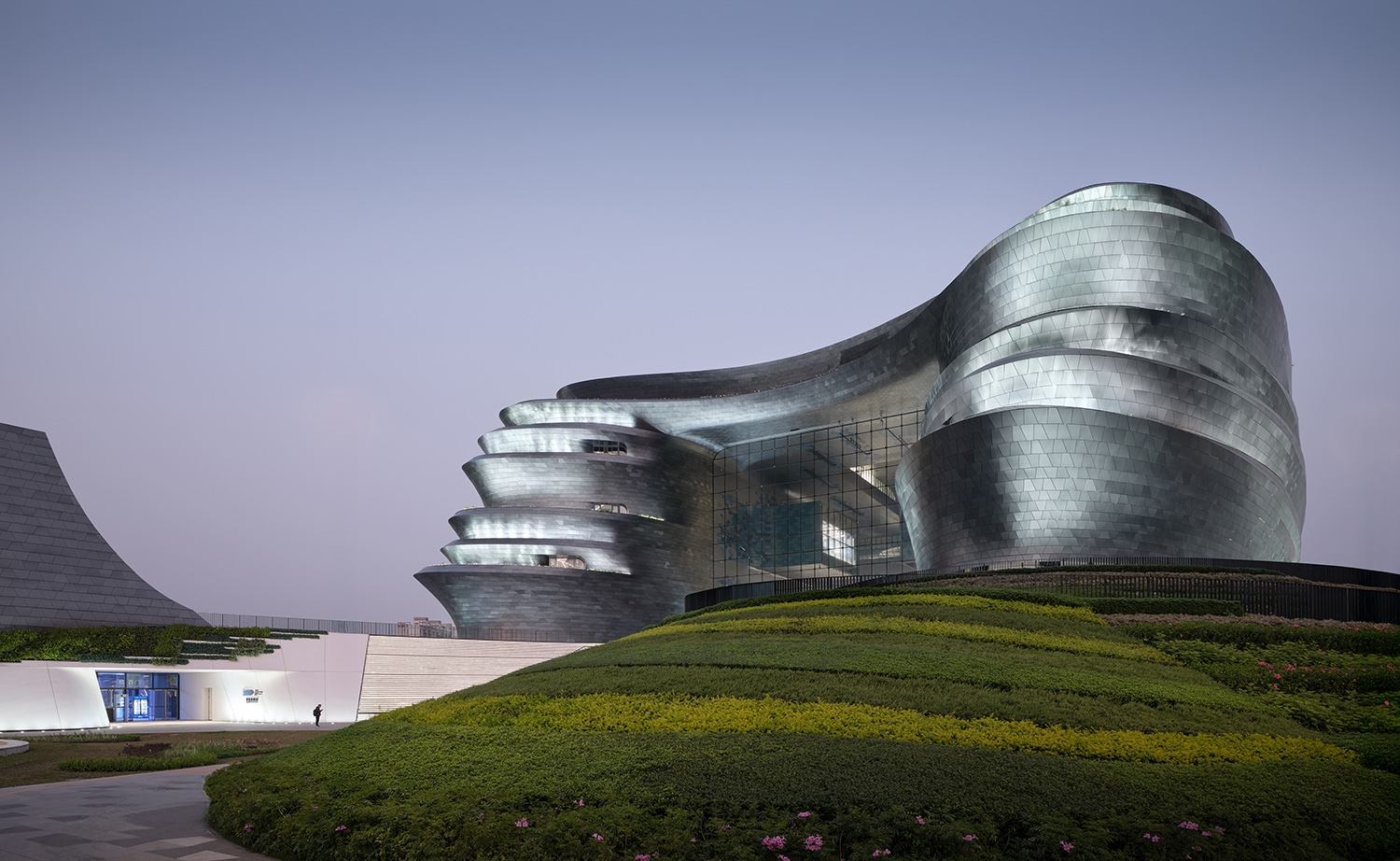Header: Ana Paula Álvarez
Located in the town of Atlatlahucan, in the state of Morelos, Mexico, the Parque El Jagüey is now part of the Urban Improvement Programme (PMU), an initiative led by the federal Secretariat of Agrarian, Territorial and Urban Development (SEDATU).
Designed in 2024 by Laboratorio Regional de Arquitectura in collaboration with Alejandro Aparicio, Alin Wallach, and Miguel Vega, the park celebrates the typology of the jagüey, a traditional water collection system once common throughout the region, by framing its last remaining example in the town.
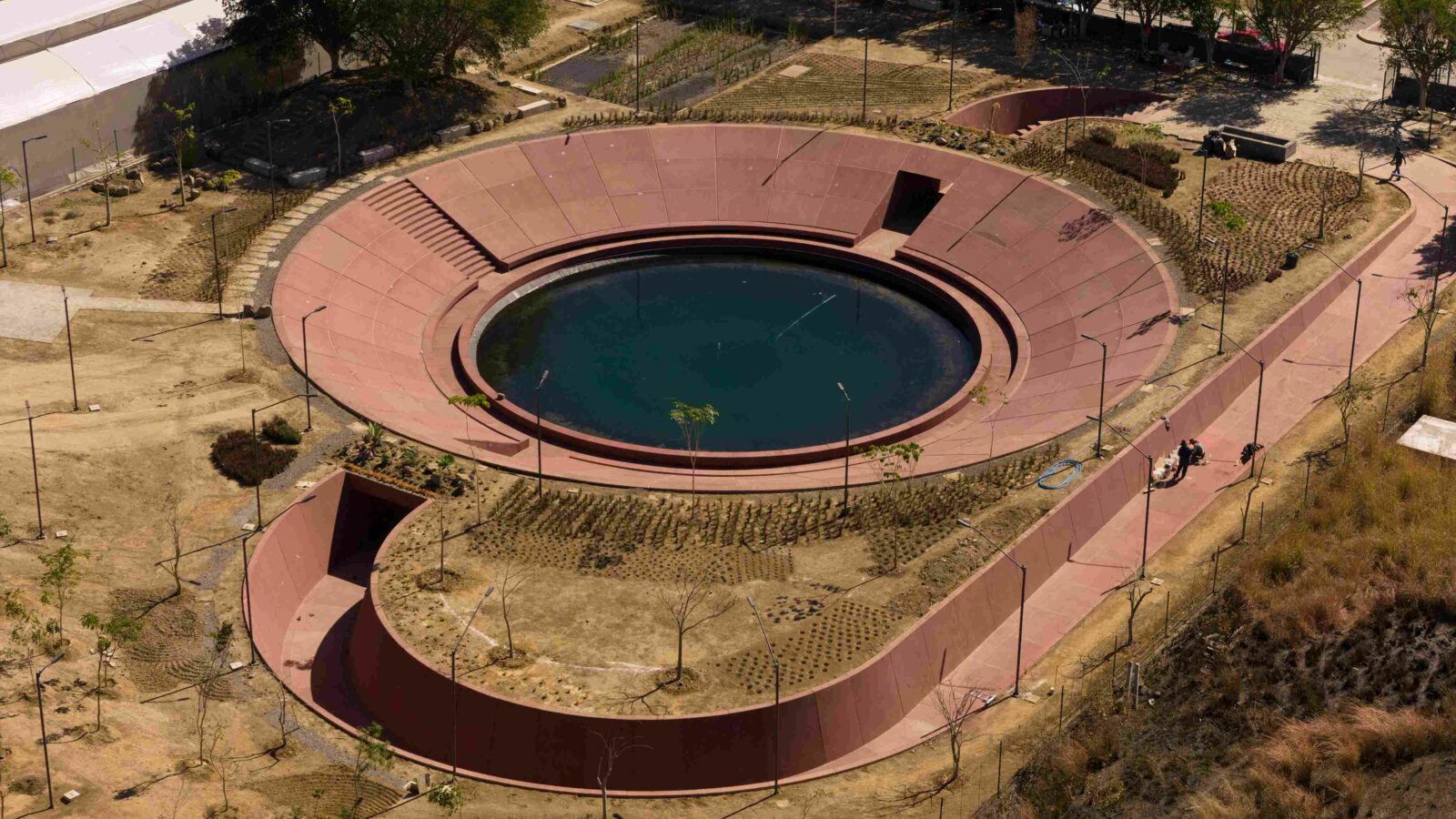
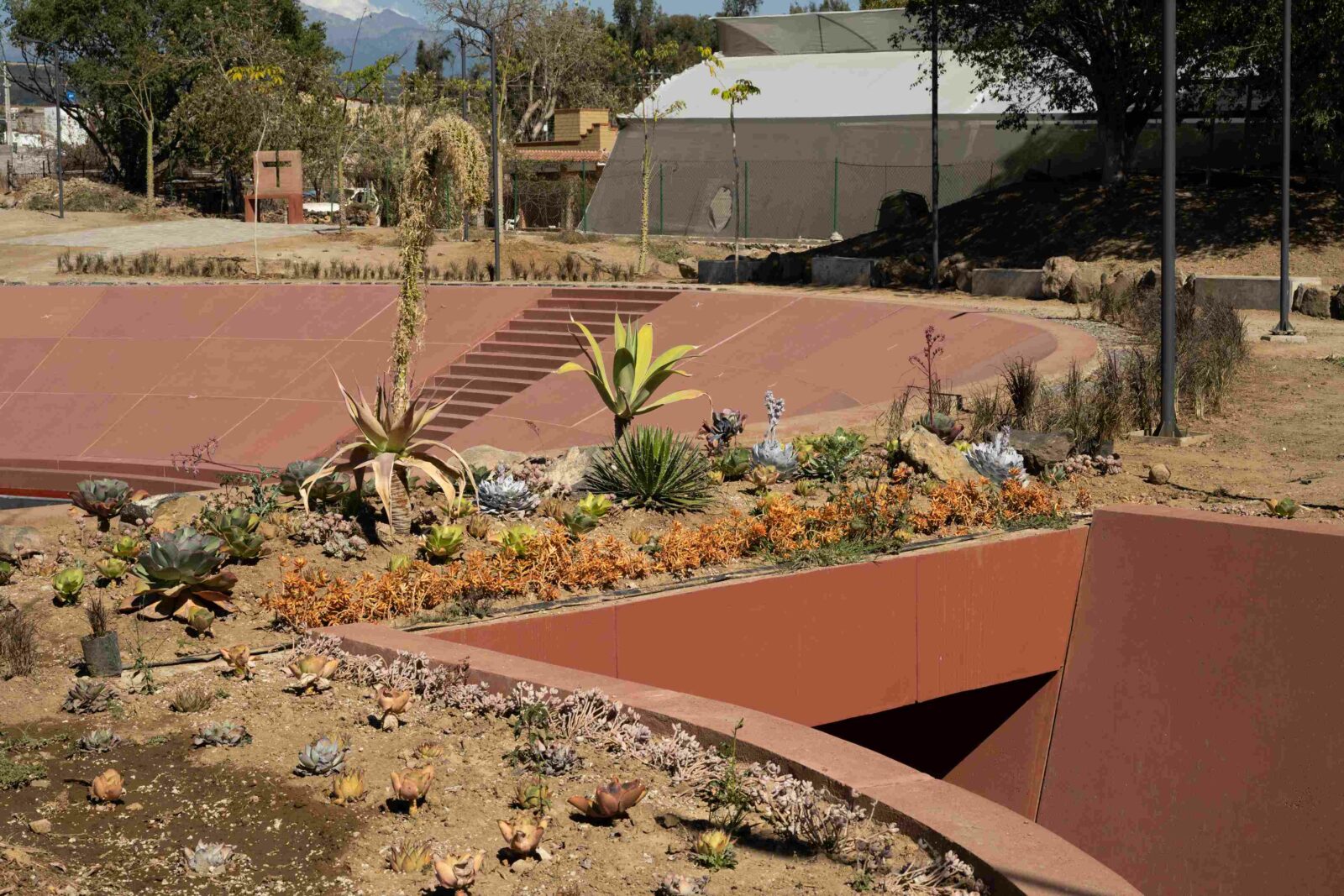
Piece of the past
The term jagüey refers to shallow ground depressions or small artificial reservoirs built to capture and store rainwater, often used to provide water for livestock. These reservoirs typically functioned for about four months a year, depending on how much rainfall was occurring.
As municipal and rural areas started gaining access to modern water infrastructure, the jagüeyes gradually disappeared from daily life. In Atlatlahucan, only one survives, and its preservation became the starting point for a broader landscape and urban design strategy.
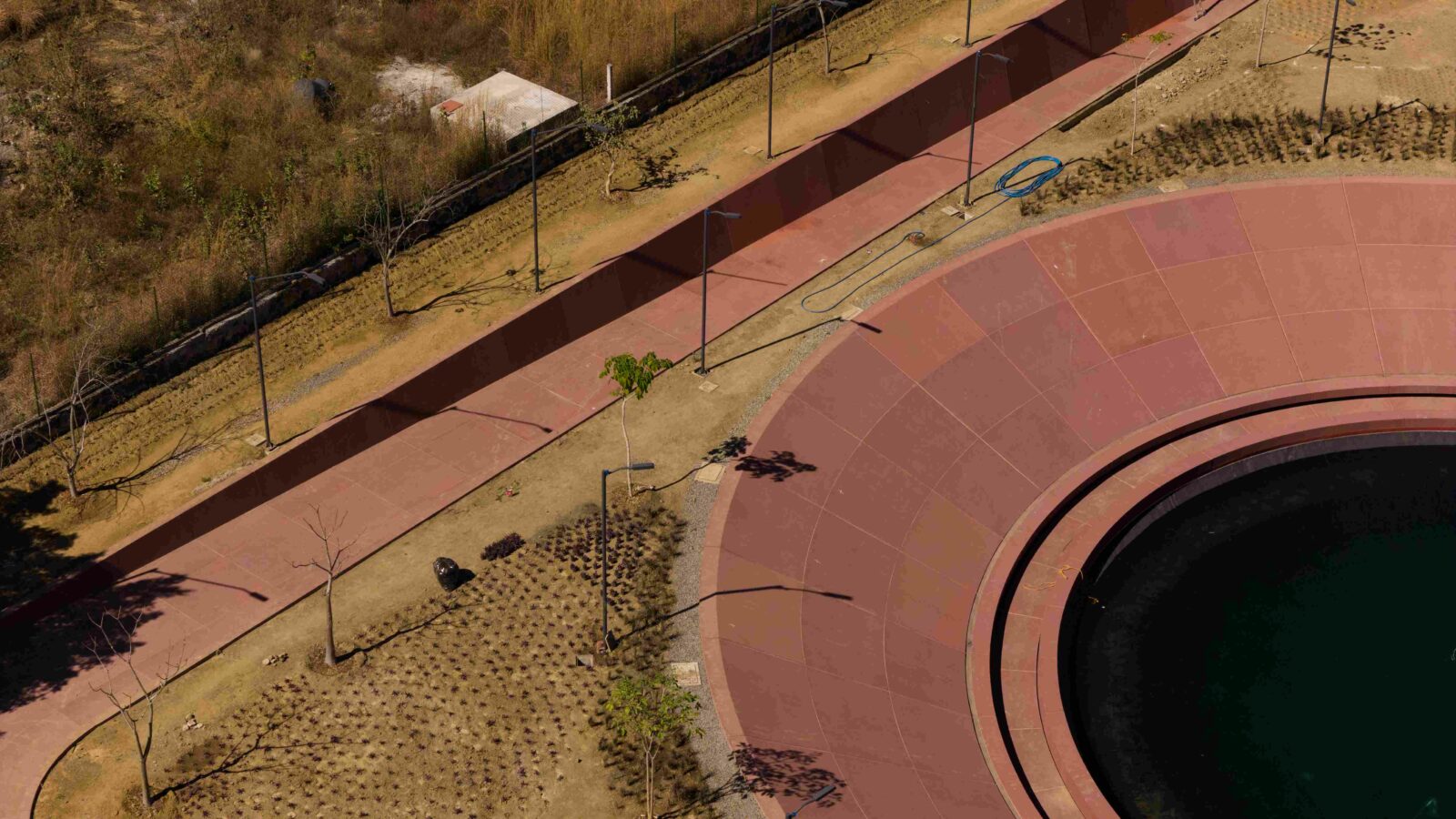
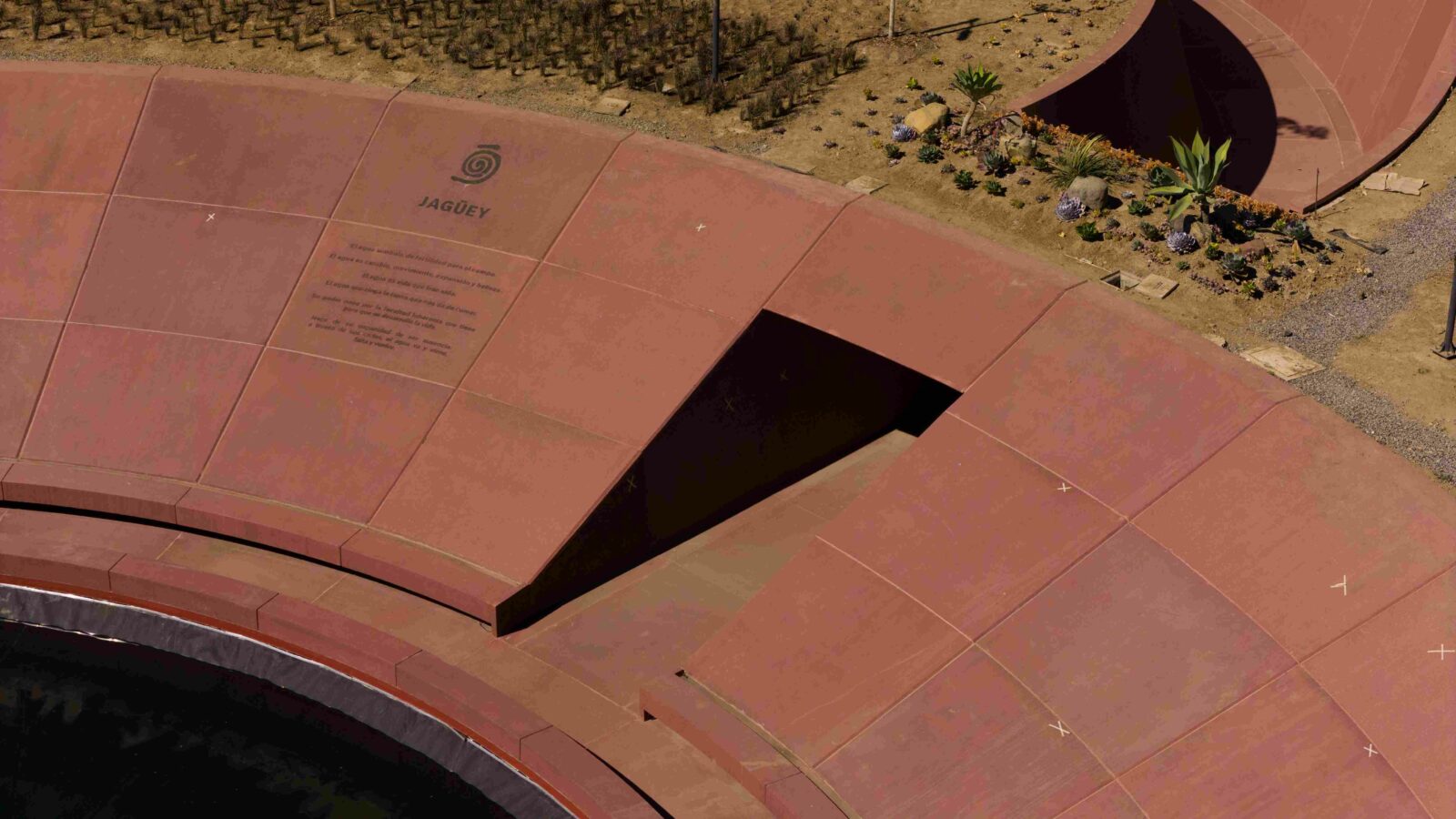
The design
Rather than attempting to restore the original utility of the jagüey, the designers turned it into a community landscape, accessible to both local residents and students from surrounding towns. The jagüey can now be approached through a ramp that wraps around the terrain, forming a circulation route that allows the area to be fully used and experienced.
Covering a total area of 6,161.80 square metres, the location houses both open public areas and ecological infrastructure: the water reservoir, a park planted with native species, a raised observatory structure, and a constructed wetland. These elements support biodiversity, offer opportunities for observing and studying local fauna, and allow for different kinds of informal and recreational use throughout the day.
The jagüey follows the natural topography of the site, having been left exposed after the designers ensured it would only require minimal interventions and controlled access. This element, along with the introduction of native vegetation to create small habitats throughout the site, enables visitors to casually observe and study the surrounding nature.
